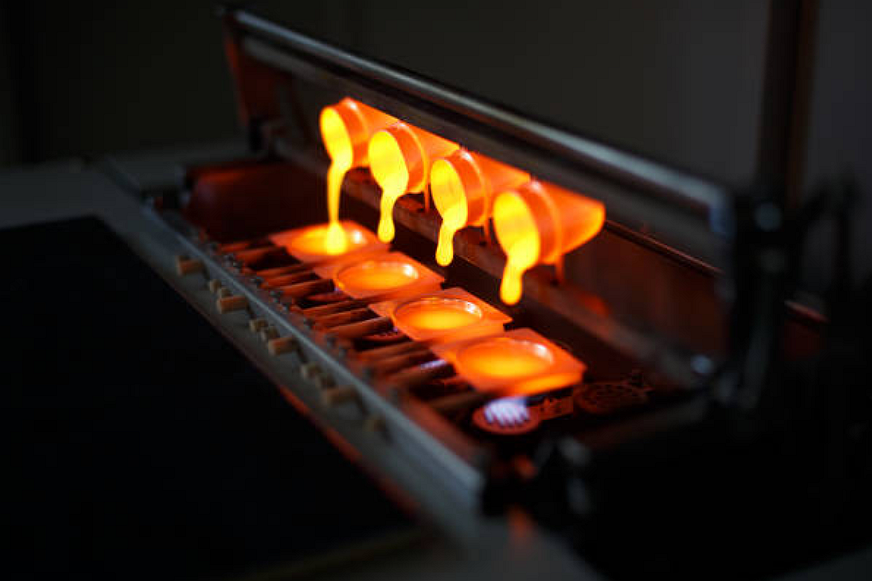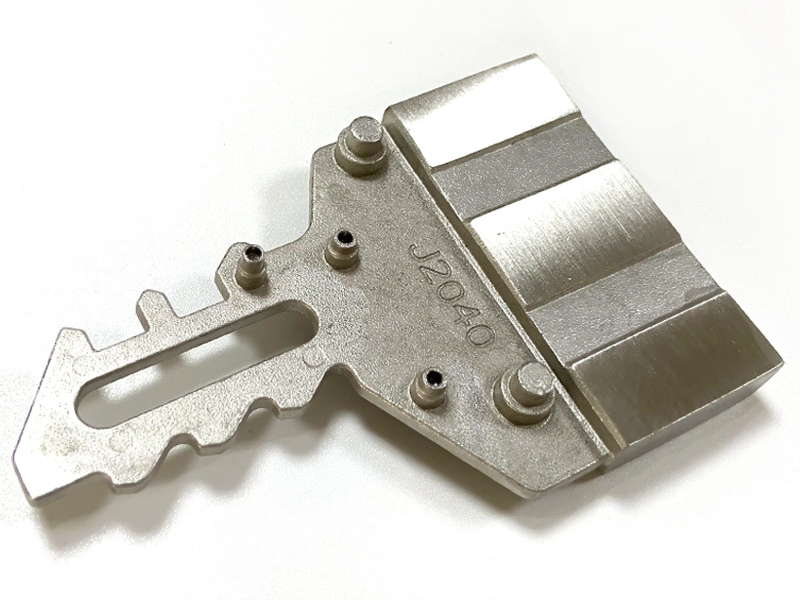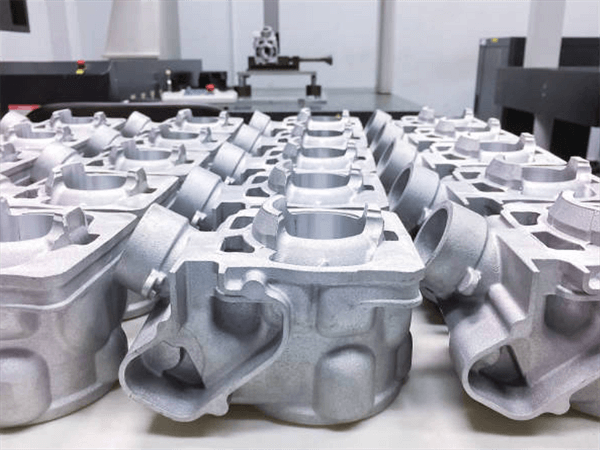How does gravity casting enhance the strength of manufactured components?
The Engineering Principle Behind Gravity Casting
From an engineering standpoint at Neway, gravity casting enhances component strength by leveraging controlled molten metal flow and solidification under the influence of natural gravity. Unlike high-pressure or sand casting, gravity casting allows molten metal to fill the mold slowly, minimizing turbulence and gas entrapment. The result is a dense, fine-grained structure with fewer internal voids, superior mechanical properties, and reduced residual stress. This process inherently improves the strength-to-weight ratio of metal components, making it ideal for precision-engineered parts that demand both durability and dimensional stability.
Manufacturing Processes Supporting Strength Optimization
To maximize casting strength, we often integrate several complementary manufacturing processes. For example, precision casting ensures high-fidelity replication of mold geometries, improving metal uniformity and minimizing weak zones. Investment casting delivers exceptional surface finish and material density for complex designs. CNC machining prototyping refines functional surfaces to precise tolerances, ensuring uniform stress distribution across critical load-bearing areas. 3D printing prototyping aids in developing optimized gating systems, while aluminum die casting provides comparative strength in thin-walled applications.
Material Influence on Mechanical Strength
The mechanical performance of a gravity-cast part largely depends on alloy selection and thermal treatment. A356 aluminum exhibits high ductility and tensile strength, particularly after undergoing T6 heat treatment. A380 aluminum provides an excellent balance between strength, weight, and castability, making it ideal for structural housings. 383 (ADC12) enhances pressure tightness and fatigue resistance. For specific strength-critical applications, magnesium alloys deliver lightweight yet robust performance, while copper alloys are favored for their high tensile strength and thermal conductivity.
Role of Surface Treatments in Reinforcing Durability
The final mechanical strength of a casting extends beyond its internal composition. Surface engineering techniques such as anodizing and powder coating enhance corrosion resistance and surface hardness. PVD coating provides an additional wear-resistant layer, protecting high-stress regions from micro-abrasion and fatigue failure. These treatments maintain mechanical integrity by shielding the substrate from oxidation, chemical exposure, and cyclic stress, which are major contributors to premature component degradation.
Industry Applications Requiring High-Strength Castings
The advantages of gravity casting are particularly valuable across industries such as aerospace, automotive, and energy. Aerospace manufacturers utilize gravity-cast components for landing gear, engine housings, and brackets where strength-to-weight performance is critical. In the automotive sector, the process supports the production of robust yet lightweight parts, such as suspension arms and transmission casings. Energy equipment manufacturers rely on the technique for heat-resistant turbine housings and electrical enclosures that must endure extreme thermal loads. Through optimized process control, Neway ensures that every casting delivers structural integrity tailored to the specific demands of each industry.



